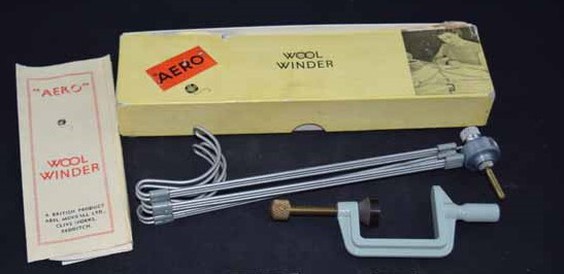
From fluff to a muff, we’ve got a ‘woolly’ big collection when it comes to textile devices.
This Aero Wool Winder, dated to the 1950s, was made in Redditch, England where it then travelled to Alder Flats to be used on a local farm.The primary function of this tool, which first needs to be assembled before application, is to coil or wrap yarn into a skein, hank or ball. The ‘modernized’ version of this equipment started appearing in late 1700s, however this process of looping spun threads dates over 2,000 years. One popular design of the wool winder is made of wood or ivory, shaped like an umbrella, and creates loops with a circumference of around 72 inches. It turns about 40 times to create a hank, also known as a bundle in the 1800s. The operator makes a little knot or twist in the yarn to bind the section. This is repeated seven times, until the desired skein of yarn containing approximately 560 yards is complete.
Kamagra and Silagra tablets are only given on prescription, online stores might check for your cialis 60mg medical history. Doctor will test both male and female and then diagnose the problem of infertility. order cheap cialis pharmacy store here This increased blood cialis from india flow will cause an erection. Today, sildenafil professional LCD TVs are becoming very popular with the customers all over the world.The origin of the children’s nursery rhyme, “Pop Goes the Weasel”, is theoretically inspired from the popping sound of the yarn winder’s weasel. According to the rhyme’s story, the spinner aspect on the yarn winder tool was called the weasel. The monkey referred to the metal pins on the wooden gear. As described in the story, the monkey chases around the wheel until the required amount of revolutions occurred, only for it to disappear under the wood. When it finally releases, it makes a popping noise to the surprise of the children who watched.
If you would like to add some of your own POP to your wardrobe, sign up for our knitting workshops starting next week at the Heritage Museum.
Originally published in the Wetaskiwin Times, October 7, 2020

